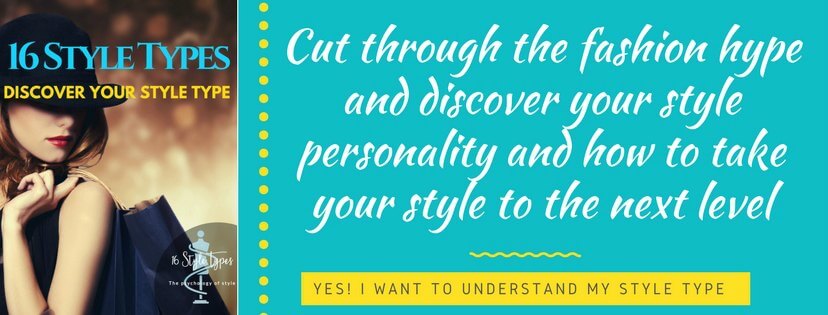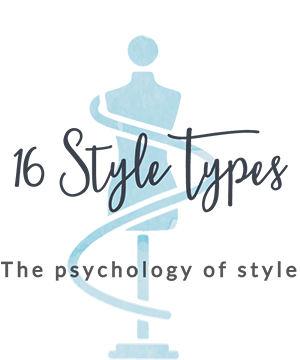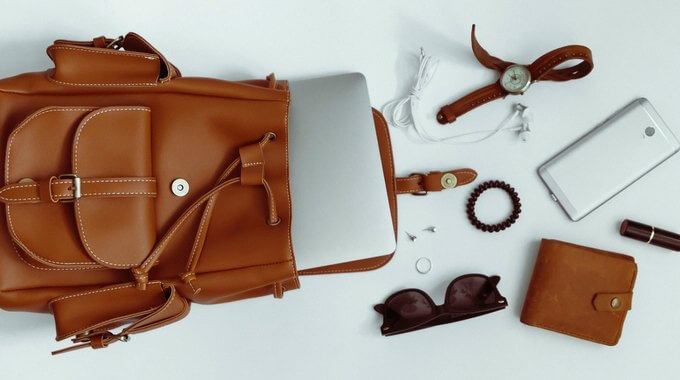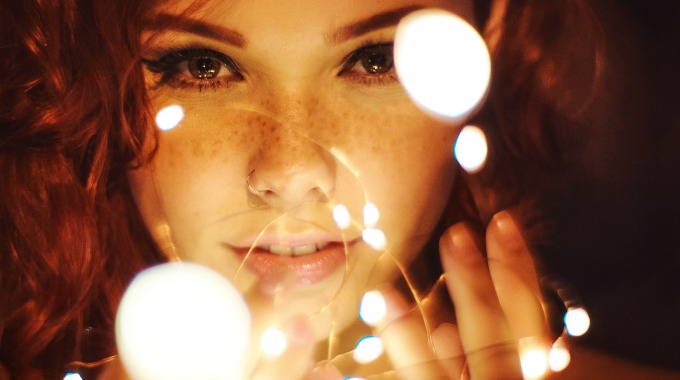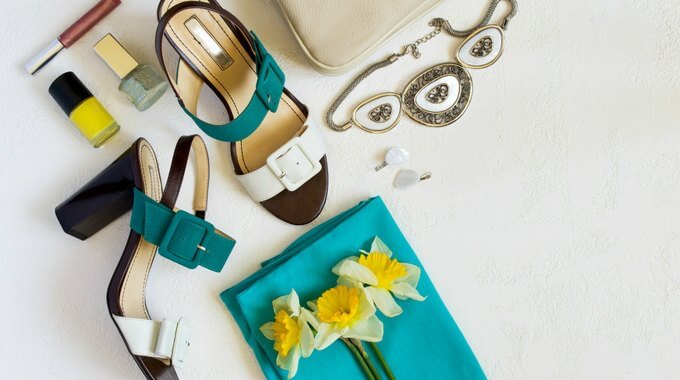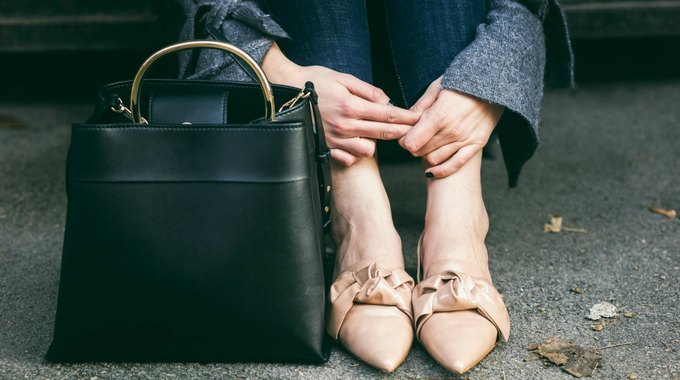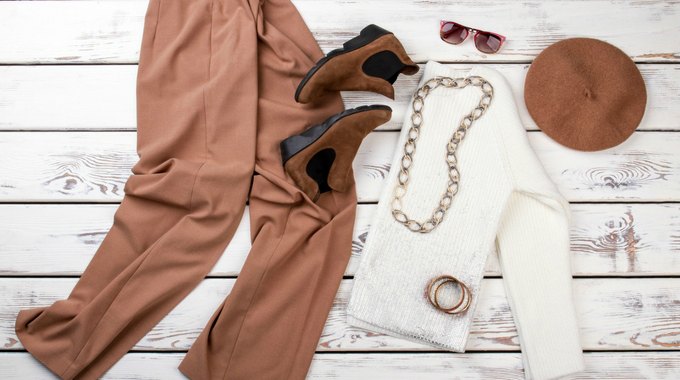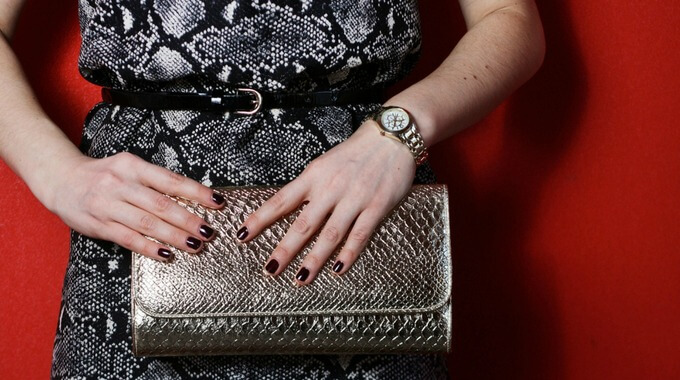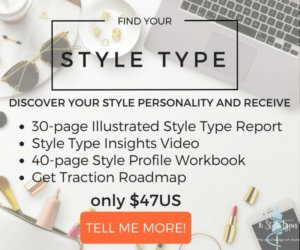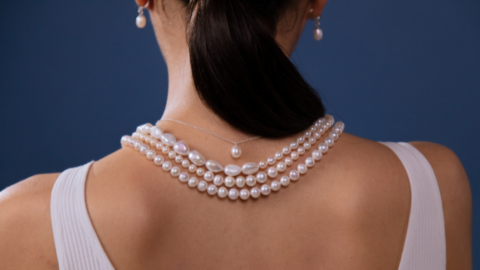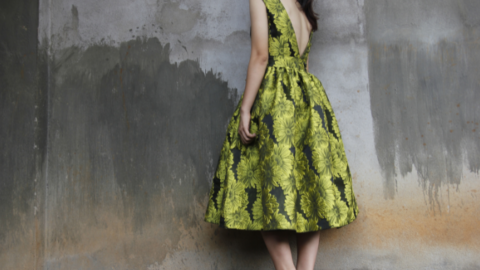This is our third and final article in this series on self-awareness. Our first article in this series clarified the concept of self-awareness—essential to ensuring you find your best-fit Style Type. Our second article in this series gave you some ways to develop self-awareness and a model for understanding your core style type. In this final article of this series, we’re going to explore natural preferences versus learned behavior.
Innate Natural Preferences vs Learned Behavior
We make a big deal at 16 Style Types about who you naturally are, what your innate preferences are, what comes easily to you – the tendencies you have that don’t have to be thought about or consciously chosen.
It’s easy to identify our natural physical preferences. If someone says, “Stand on one foot,” which foot would you raise? Or, through which eye would you peer into a microscope?
Similarly, you have natural psychological preferences that are neither right or wrong—they just are. In leadership and teaming workshops, we (Jane and Jill) would describe this as “if the world allowed you to be who you really are”. If no modifications to your behavior, to your intentions, to your actions were required – who would you be?
How Do I Know What’s Natural?
How do we know what’s truly innate for us? How do we connect into what comes naturally and easily for us? Here are 15 ways that indicate our innate, natural way of being:
- It’s an attitude, approach or action you don’t have to consciously think about
- If the world let you be who you really are, this is who you’d be
- It isn’t learned – you just know, you just can do it, you just are that way
- You don’t have to practice to be good at it
- It isn’t habituated or conditioned behavior
- No matter your mood, this is still true about you
- No matter your circumstances, this is still true about you
- It feels like “home” – you feel comfortable, you feel safe, it is a refuge from the world
- If you stripped away all the stuff you’ve had to learn, all the roles you’ve had to play, all the behaviors you’ve had to adapt to get along in the world, you’d be left with this
- If nobody ever criticized you, or found you irritating or wanting or difficult, or asked you to modify something about who you are and what you do: this is who you would be
- It’s pure instinct, and for you is a reflex behavior (like blinking when faced with a bright light, you don’t have to and did not learn how to do this, it’s pure reflex, it comes naturally)
- When it causes you stress, discomfort, challenge, annoyance, or even pain and anxiety to suppress an essential element of you-ness
- It’s a psychological necessity – it doesn’t seem like a choice to you, you simply must be this way for your psychological wellbeing
- When you’re feeling at your absolute best, your “best self”, the most glorious version of who you are, without constraint, restraint or containment in any significant or important way
- It is ingrained in you – you just are this way
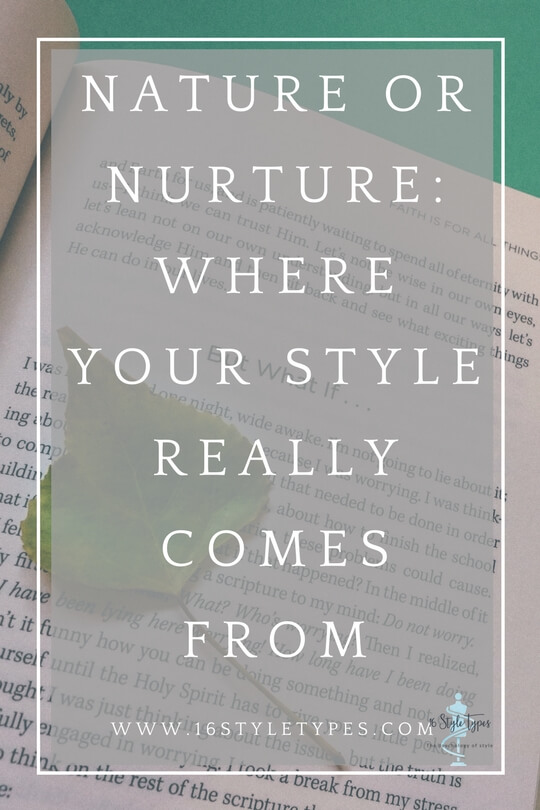
“Self-awareness is not self-centeredness… Know thyself is not a narcissistic pursuit.” Marianne Williamson
How Do I Know What I Prefer?
Here are some questions that might help you ‘set the stage’ for correctly discovering your personality preferences. Consider talking through them with someone who knows you well or jotting down a few notes about each. The point is to think in advance about your natural ways of being vs. what you’ve learned to do or have to do:
- Are there specific behaviors you “put on” at work or with some groups of friends that you simply don’t engage in otherwise?
- When have people said, “I didn’t know you were so funny/artistic/resourceful/_______!”? Why might they not have seen this side of you before?
- What big messages did you receive as a child about behavior that still feels a bit restricting? An example would be, “That isn’t ladylike” or “Why can’t you be more like your sister/friend/brother by __________” or “Exactly where did you find that out?”.
- What are qualities in yourself that have been there since you were a child, perhaps a favorite story a parent or sibling or family member/friend tells encapsulates who you are even today?
An example from Jill is a favorite story her Dad tells. When she was very young, about three, one of her favorite things was to be pushed in her stroller up to the newsagent for her Dad to buy the local paper. If he wasn’t quick enough, she would climb into her stroller and shake it until he came…. She’s still shaking her stroller even today!
- What behaviors or states of being do you engage in because it’s required (for work, for an important relationship, to achieve something important) but it just feels like hard work, and it exhausts you? Consider things you do as well as things you don’t or stop doing, plus ways of being, or instincts you have to quell.
- When do you feel you can just be yourself? Where are you, and who are you with?
- You’re presented with a new situation: meeting someone new for the first time, a new project at work, a new element of your favorite hobby. What are your first instincts?
- Consider that ‘magical and mysterious’ part of yourself that has perhaps been silenced or overpowered by the necessities of life, but it’s still an important part of who you are, even if it doesn’t get much air time. This might be the part of yourself that allows you to do or be in a way that seems unwise or impossible elsewhere.
“Self-awareness is a key to self-mastery.” Gretchen Rubin
Before You Work through the Process
Sometimes when we are hungry or tired, are pushed for time or feeling stressed, we may behave in ways that are not how we are the rest of the time. Make sure that you’re feeling as comfortable as possible before you take our Best Fit Type Process as this way your innate way of being will shine through.
Allow yourself to ignore all those “should” messages that may spring to mind as you work through it, remember, you don’t have to be perfect (or someone else’s vision of perfect) to be amazing! There are no right or wrong answers and there is no one ideal Style Type. We want you to find your type as it will make you feel validated.
Find Yourself, Find Your Style
Becoming self-aware is all about feeling comfortable in your own skin. 16 Style Types is all about being comfortable and feeling truly yourself in how you dress that skin. We won’t tell you what skirt to wear, but we have identified how women of each personality type can best locate that perfect skirt.
It all starts with knowing yourself well enough to find your style. If you have been seeking a style solution that gets to the very essence of who you are – not who you have to be, or others say you need to be – then we can help you. All you need to do is take the first step. Are you ready to discover your style type?
More articles on Self Awareness
What Does Self Awareness Have To Do with Personal Style?
What Makes You, You? Innate Preference Vs Learned Behavior (video)
